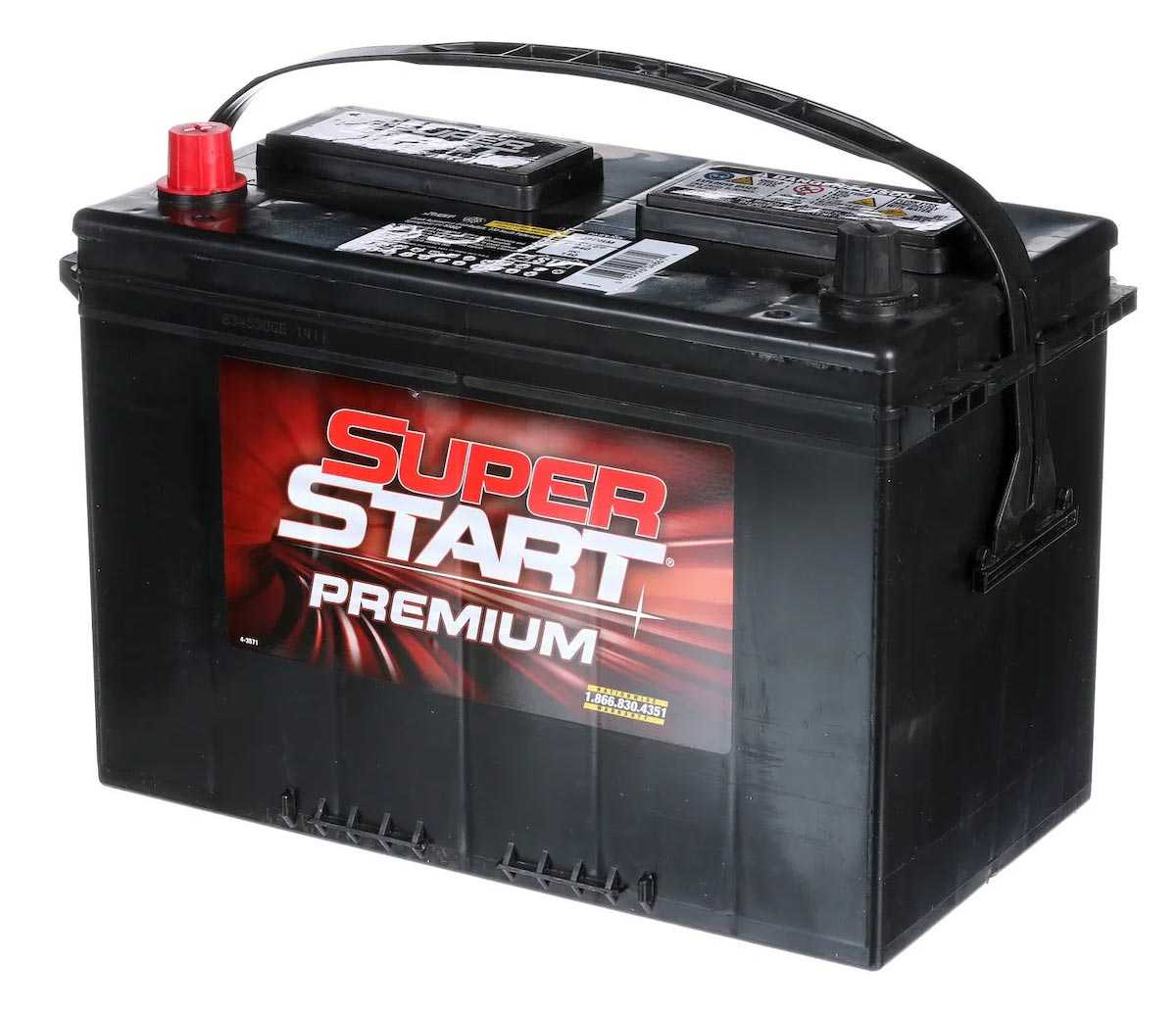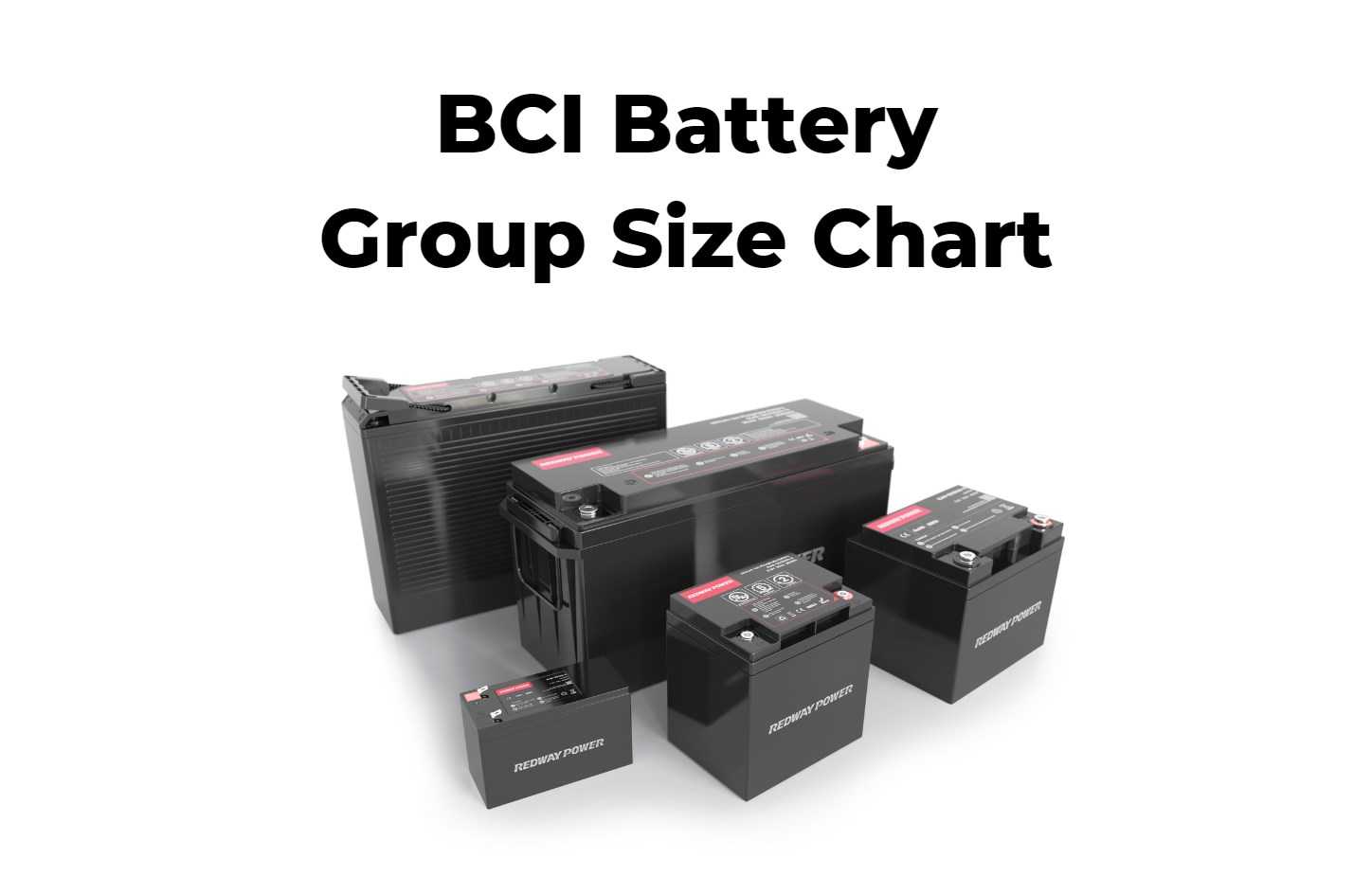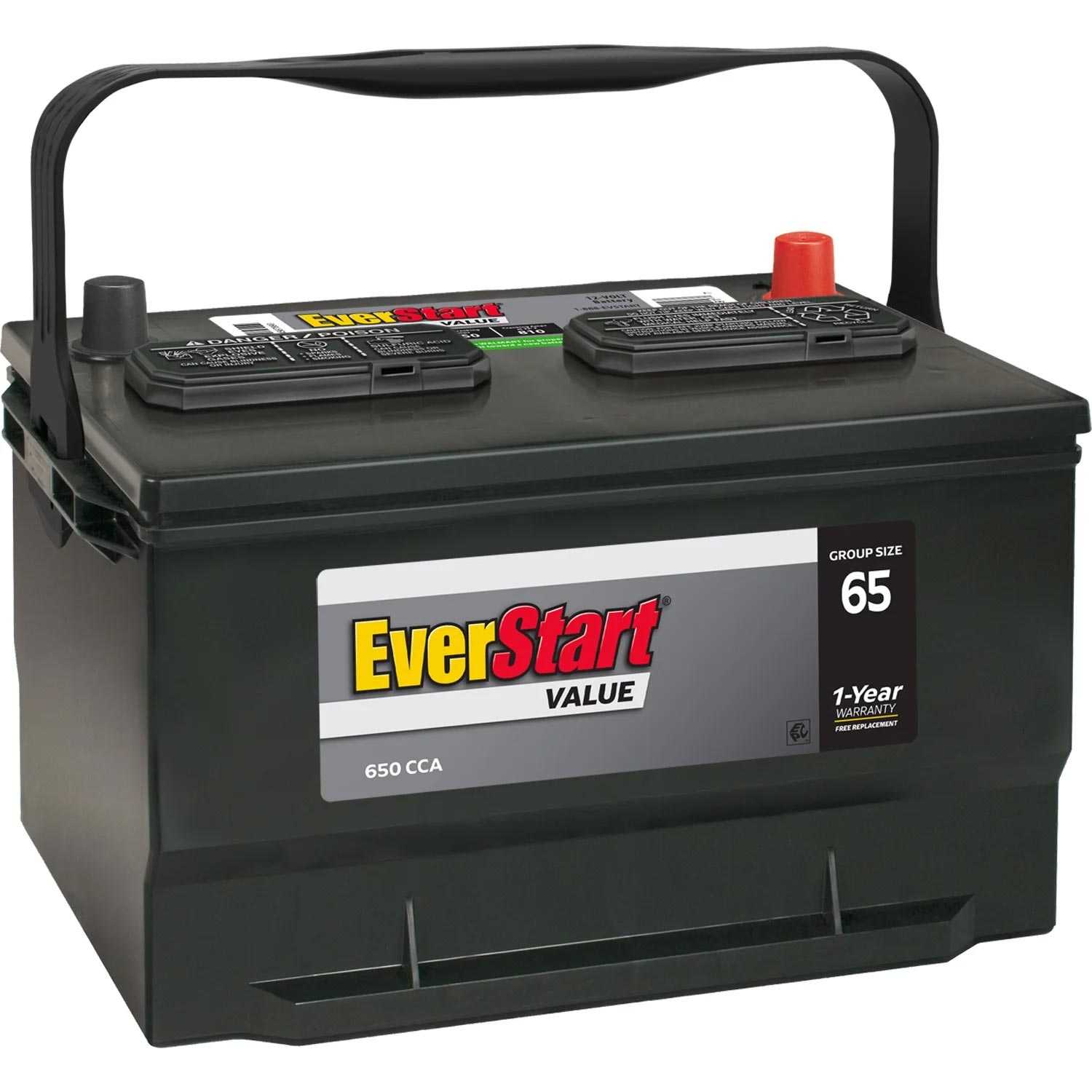The exact BCI group battery size can be useful in finding new battery replacements, but just knowing the group size is not enough.
Batteries differ in their:
- purpose: starting, dual-purpose, deep cycle,
- chemistry: lead-acid, NiCd, NiMH, lithium,
- battery terminals: F1, F2, SAE, marine, threaded,
- terminal orientation: positive left, positive right, side terminals, etc.
Battery maintenance, housing material, strap-down system, and other important information are also included.
It is extremely helpful to know all of this information in order to find a proper battery replacement.
Most Popular Battery Groups
The most popular battery groups and their dimensions in inches and centimeters are:

The new battery must have the same chemistry as the old one (or it must be a verified “drop-in replacement” battery) and the same or better electrical features.
Battery Groups Sizes Chart
Below is a chart that shows the most common sizes of BCI batteries.
Note: we have really tried to verify the information provided in this table, but there are no warranties of any kind. Also, for the full list of motorcycle and similar batteries, please check our Powersports, ATV, and Motorcycle Battery Cross Reference Chart page.






Many BCI battery groups differ by only a fraction of an inch, and they can be used interchangeably if and only if the new battery:
- can fit your battery compartment with properly oriented terminals,
- have the same or better specifications/features than the old battery,
- can be properly charged.
Even then, be sure to check with professionals if the replacement with another battery group is a safe option. If not, the operation of the new battery may cause damage, injuries, or even worse …
BCI Battery Groups, DIN, and EN Codes Cross Reference Chart
The following cross-reference chart lists the most popular BCI battery groups and their DIN and EN equivalent codes:
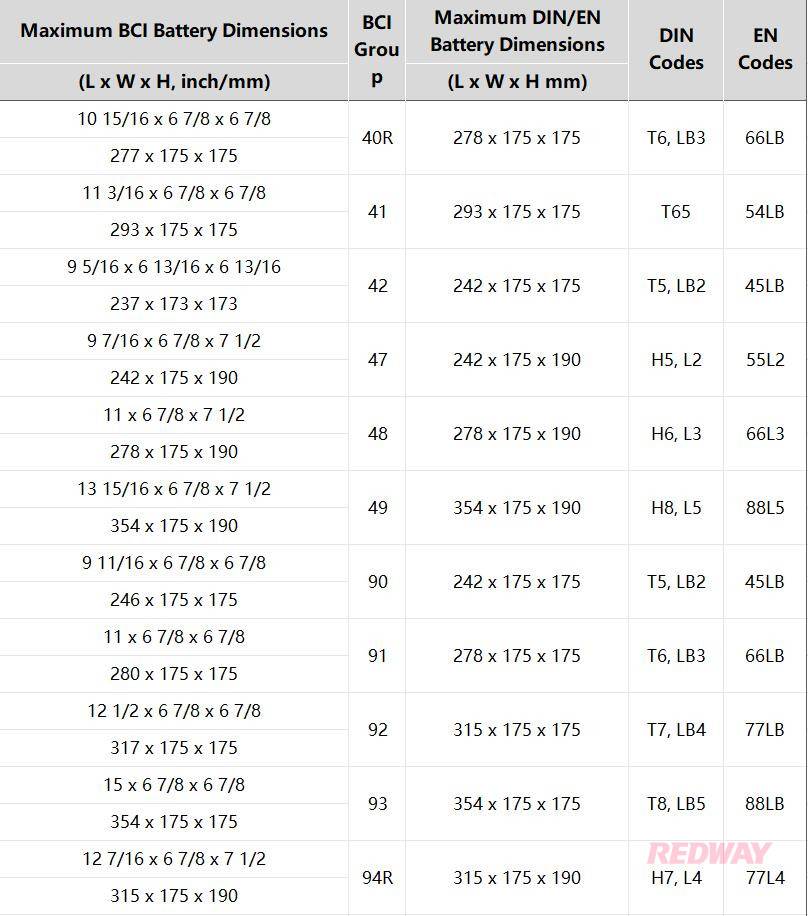

This cross-reference chart lists ‘only’ the battery dimensions and not the orientation of their terminals, terminal types, base hold-down type, lifting edge, and other ‘little,’ but sometimes very important details.
Most of the battery groups in the list feature very similar dimensions, except for two models, BCI Group 48 and BCI Group 49.
For example, BCI Group 48 batteries feature physical dimensions of 278 x 175 x 192 mm, with the positive terminal location: Right. BCI Group 48 batteries are considered to be equivalent to the DIN/EN battery groups labeled as H6, L3, and 66L3, with physical dimensions of 278 x 175 x 190 mm, with the positive terminal location: Right.
However, BCI Battery Group 98R batteries feature physical dimensions of 283 x 175 x 190 mm, with the positive terminal location: Right, and are also a good match to the DIN/EN battery groups labeled as H6, L3, and/or 66L3 – Group 98R batteries are ~5 mm longer than H6 batteries, but they generally can fit the battery compartments intended for H6 batteries.
Again, when replacing your battery on your own, always check the actual battery size and measure your battery compartment. Also, check battery orientation, terminal types, hold-down system, etc.
Small 12V Deep Cycle/General Purpose Batteries
Small 12V deep cycle/general purpose batteries are mostly Sealed Lead-Acid (SLA) or Lithium Iron Phosphate (LiFePO4) batteries, typically used in UPS devices, alarms, toys, wheelchairs, and similar.
Most popular models are batteries with smaller capacities, usually up to 30-35Ah, where standard Group U1 and U1R batteries kick in.
If you are looking for even larger deep cycle/general purpose batteries, consider one of the larger battery groups, like groups 24, 27, 31, etc.
The following comparison chart lists some of the most popular small 12V general-purpose batteries with their dimensions and terminals.

#post_seo_title
As one can see, the physical dimensions of some battery groups overlap, thanks to advancements in battery technology. For example, 12V 7Ah and 12V 9Ah batteries have the same dimensions, but they differ in chemistry (lead-acid, lithium), capacity (7-10Ah), and battery terminals (F1, F2). So, when looking for a new battery, check the old one and write down its voltage, capacity, terminal, chemistry, and dimensions.
Also, many batteries of the same size and capacities are offered with different battery terminals, for example, F1 and F2 – that is why we had to add “(mostly)” in many battery groups. However, just like there are many different battery terminals, there are also many battery terminal adapters – for example, battery adapters “F1 to F2” and “F2 to F1” are rather common and can be found at many online shops and hardware stores.
Here is the list of our BCI Group Battery Size articles, ordered according to the date added/updated:
Group 78 Batteries – Dimensions, Features, and Recommendations
BCI Group 78 batteries is a group of car and light truck batteries that are also used in marine and light industrial applications as starting and as general, dual-purpose batteries.
BCI Group 78 batteries are often used in ‘Stop-and-Go’ automotive applications, requiring the batteries to provide large currents very often and to be recharged quickly – such applications require tough and durable, high-quality batteries.
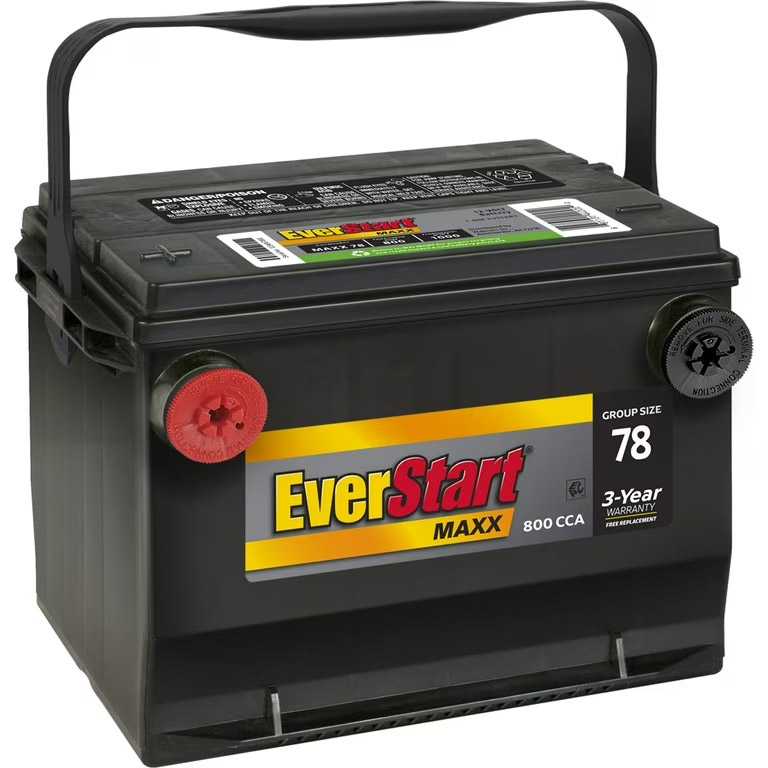
Group 94R (H7, L4, 77L4) Batteries – Dimensions, Features and Recommendations
BCI Group 94R batteries are very popular automotive and light industrial batteries commonly used on passenger, SUV, luxury, and light commercial vehicles. BCI Group 94R batteries are also known as H7, L4, and LN4 batteries.
They are often installed on vehicles manufactured by BMW, Mercedes, Audi, Volkswagen, etc. As such, BCI Group 94R batteries are designed to be maintenance-free batteries, to be able to provide a strong starting current even in low-temperature conditions, to accept charge quickly, to power a broad range of onboard electronics, to endure automatic start-stop applications, etc.
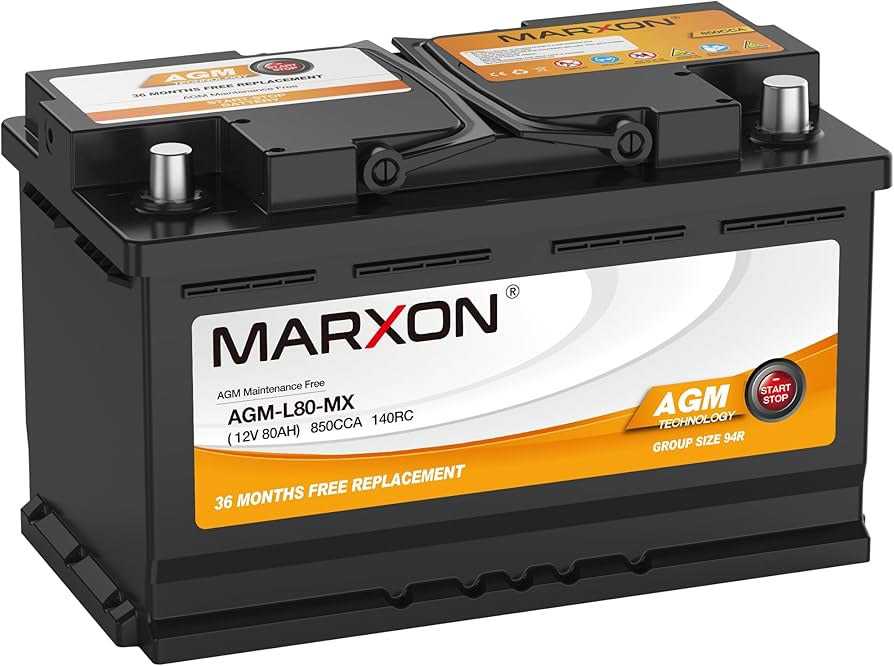
Group 65 Batteries – Dimensions, Features, and Recommendations
BCI Group 65 batteries are commonly used as automotive, marine, and industrial batteries. They are mid-size batteries, often designed as dual-purpose AGM batteries suitable as both starting and deep cycle batteries, thanks to the advances in AGM SLA battery technology.
Generally, group 65 batteries feature 70-75 Ah 20h capacity, 130-150 minutes RC, 750-950 CCA, with the MCA values of some models reaching almost 1100 Amps. Also, they usually weigh between 45 and 55 pounds (20 – 25 kg).
BCI Group 96R Batteries – Dimensions, Features, and Recommendations
BCI Group 96R Batteries are almost exclusively used as starting batteries in cars and other similar applications where affordable and reliable starting batteries that can provide 500-600 CCA are required. As such, most BCI group 96R batteries are wet/flooded lead-acid batteries, with only a very few AGM, Gel-Cell, or lithium batteries being present on the market. If such batteries are required, one must look for AGM, Gel-Cell, and/or lithium batteries of similarly sized BCI groups, taking into account battery size, capacity, terminal types, terminal orientation, hold-down type/shape, etc.
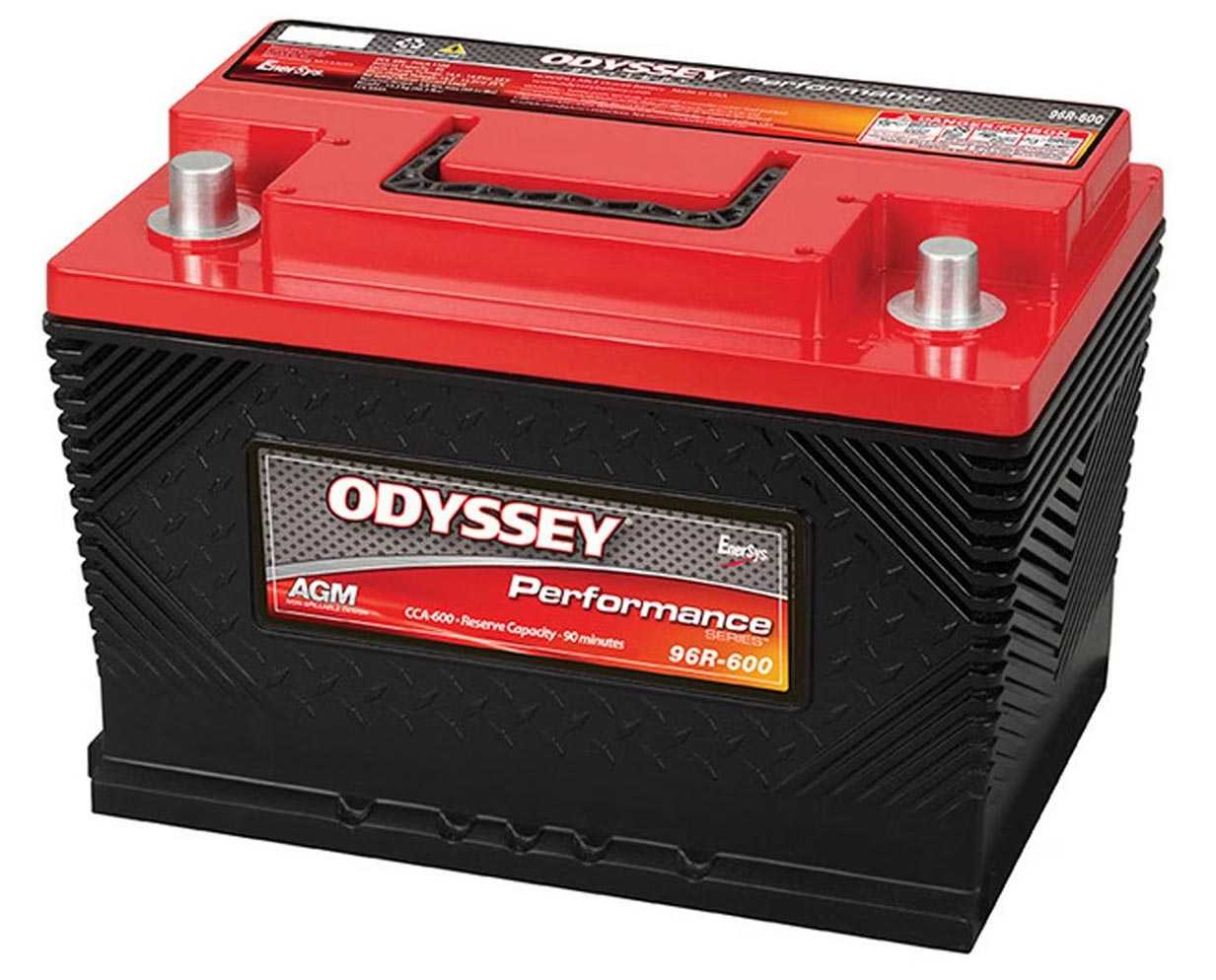
Groups U1 and U1R Batteries – Dimensions, Features, and Recommendations
BCI Groups U1 and U1R batteries are general-purpose batteries often used in medical and security applications, in wheelchairs, electric scooters, golf carts, lawnmowers, and other garden tools, camping, etc.
BCI group U1 and U1R batteries are mostly AGM and Gel-Cell batteries, with wet/flooded batteries being phased out. Also, lithium-ion U1 batteries are appearing on the market, offering higher capacity, a larger number of charging/discharging cycles, and lower weight, but they also cost more, at least initially.
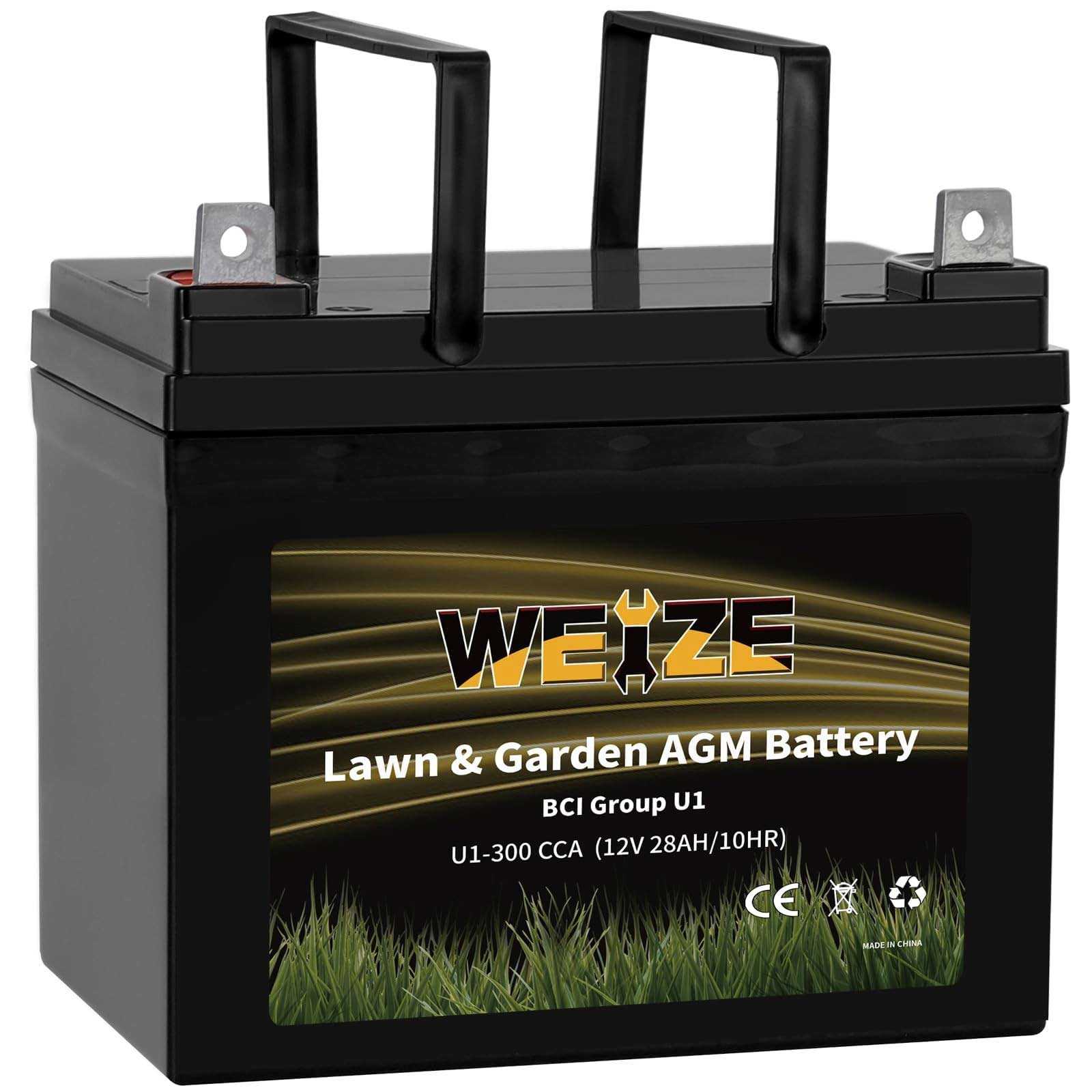
Group 75 Batteries – Dimensions, Features, and Recommendations
BCI Group 75 batteries are automotive and light industry batteries, designed mostly as starting or dual-purpose batteries with very good starting features.
As such, BCI Group 75 batteries are commonly used in cars, light trucks, and other vehicles, where they are used for starting internal combustion engines but also for powering various other loads like pumps, winches, lights, etc.
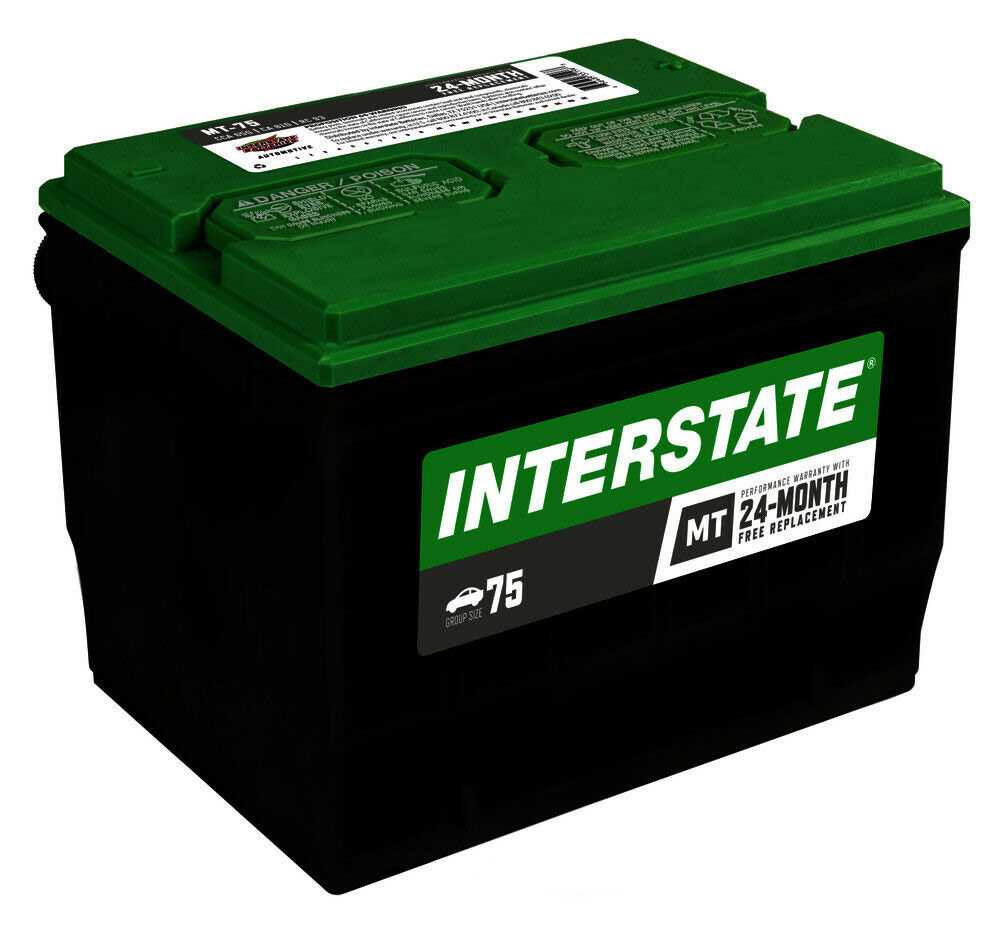
Group 31 Batteries – Dimensions, Features, and Recommendations
Group 31 batteries are relatively large and powerful batteries, featuring 20h capacity in 75-125 Ah range, providing 750-1250 CCA, 150-250 minutes RC, etc. Their physical dimensions are approximately 13 x 6 13/16 x 9 7/16 inches (~13 x 6.8 x 9.44 inches, 330 x 173 x 240 mm), while their features depend on the battery design, intended use, chemistry, and similar.
Group 31 batteries are very common in marine, automotive, off-the-grid, and similar applications, making them one of the most popular battery groups.
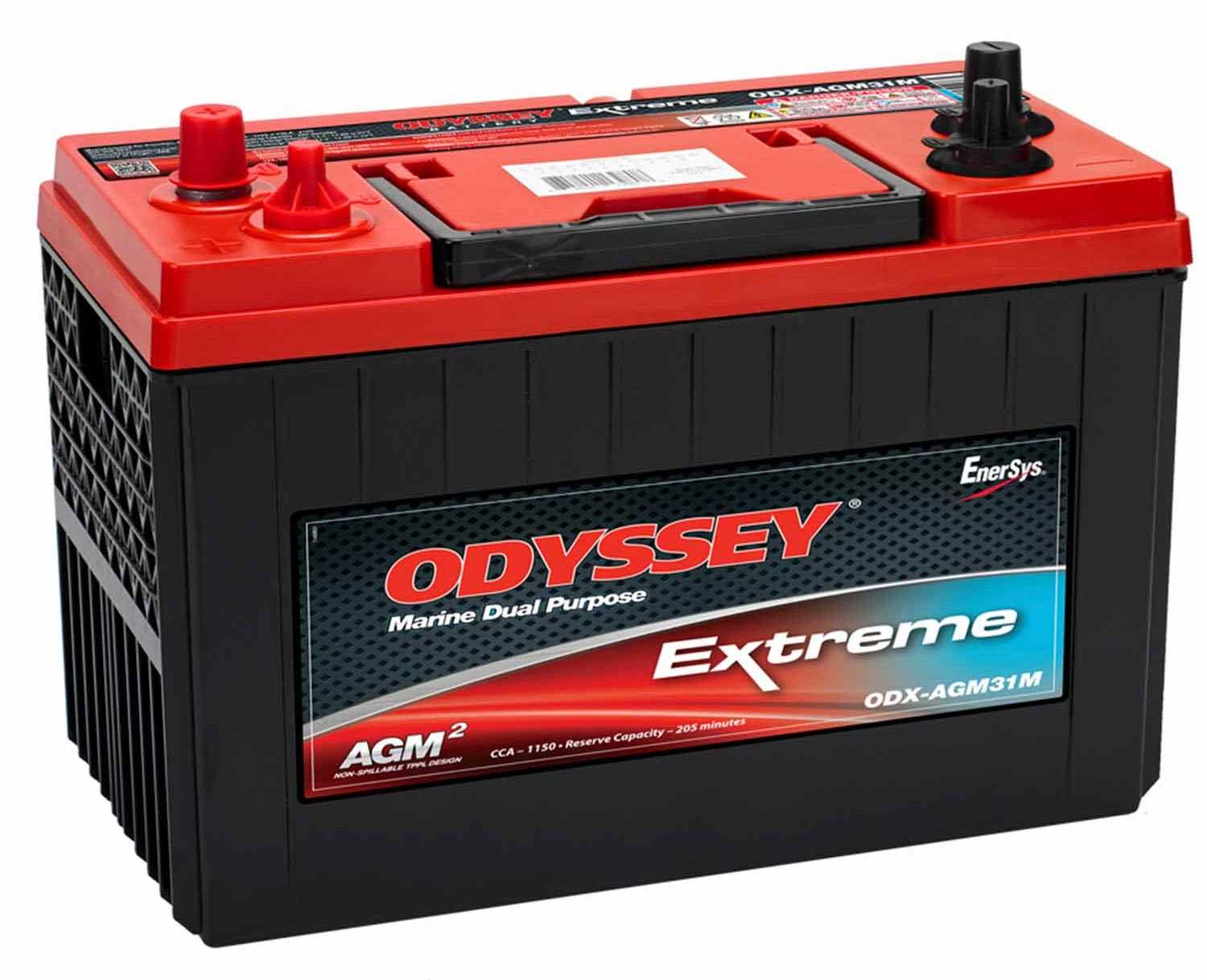
Group 41 (T65, 54LB) Batteries – Dimensions, Features, and Equivalents
Group 41 (T65, 54LB) batteries are a type of automotive starting, lighting, and ignition (SLI) battery. These batteries are designed to deliver a high starting current to crank the engine and recharge quickly. Also, Group 41 batteries are used in light industrial and marine applications where 600-650 CCA batteries are required.
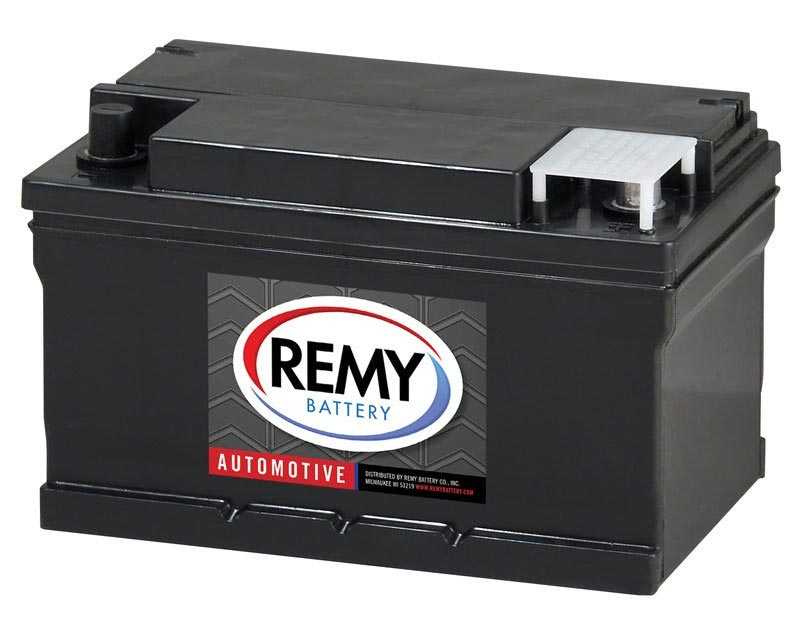
Group 48 (H6, L3, 66L3) Batteries – Dimensions, Features, and Recommendations
Group 48 (H6, L3, 66L3) batteries are mid-range batteries commonly used as automotive, marine, and light industrial batteries, as starting or dual-purpose batteries, and for powering various electric and electronic devices while the main engine(s) are turned off or while the mains power is not present.
Most BCI Group 48 (H6, L3, 66L3) batteries are designed as maintenance-free, spill-proof AGM batteries with increased resistance to vibrations and mechanical shocks (when compared with the older wet/flooded lead-acid batteries).
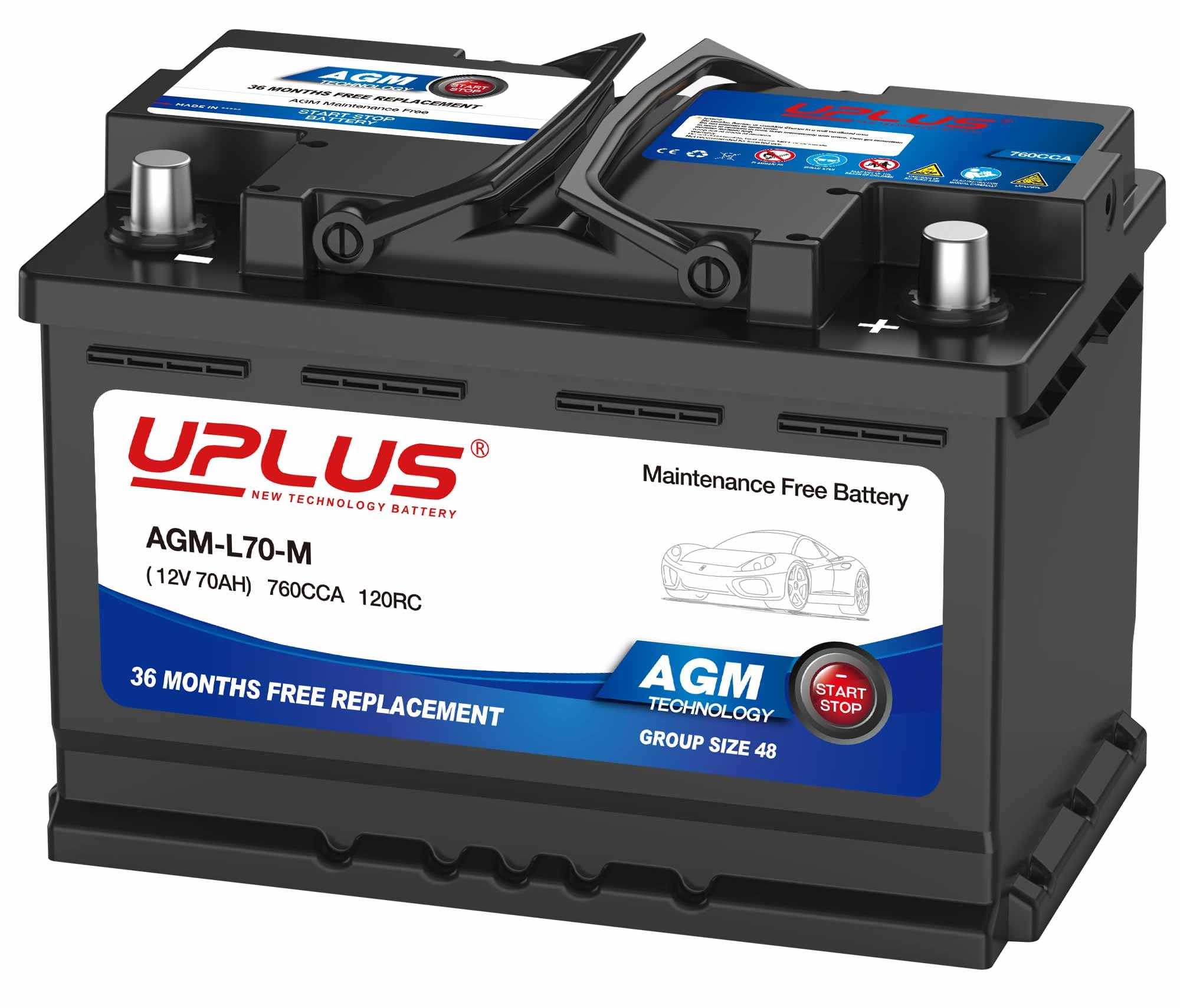
Group 34 Batteries – Dimensions, Features, and Recommendations
Group 34 batteries are medium-large but still rather powerful batteries, featuring 20h capacity in the 50-75 Ah range, providing 750-900 CCA, 100-145 minutes of Reserve Capacity, etc. Their weight depends on the chemistry, battery type, and internal construction, and it ranges between 37 and 51 pounds (16.8 – 23.1 kg).
BCI group 34 batteries are commonly used in automotive, marine, industrial, and off-the-grid applications in the form of starting, dual-purpose, and deep cycle batteries, offering good starting/cranking characteristics, a large number of charging/discharging cycles and excellent deep cycle recovery – battery type-dependent, of course.
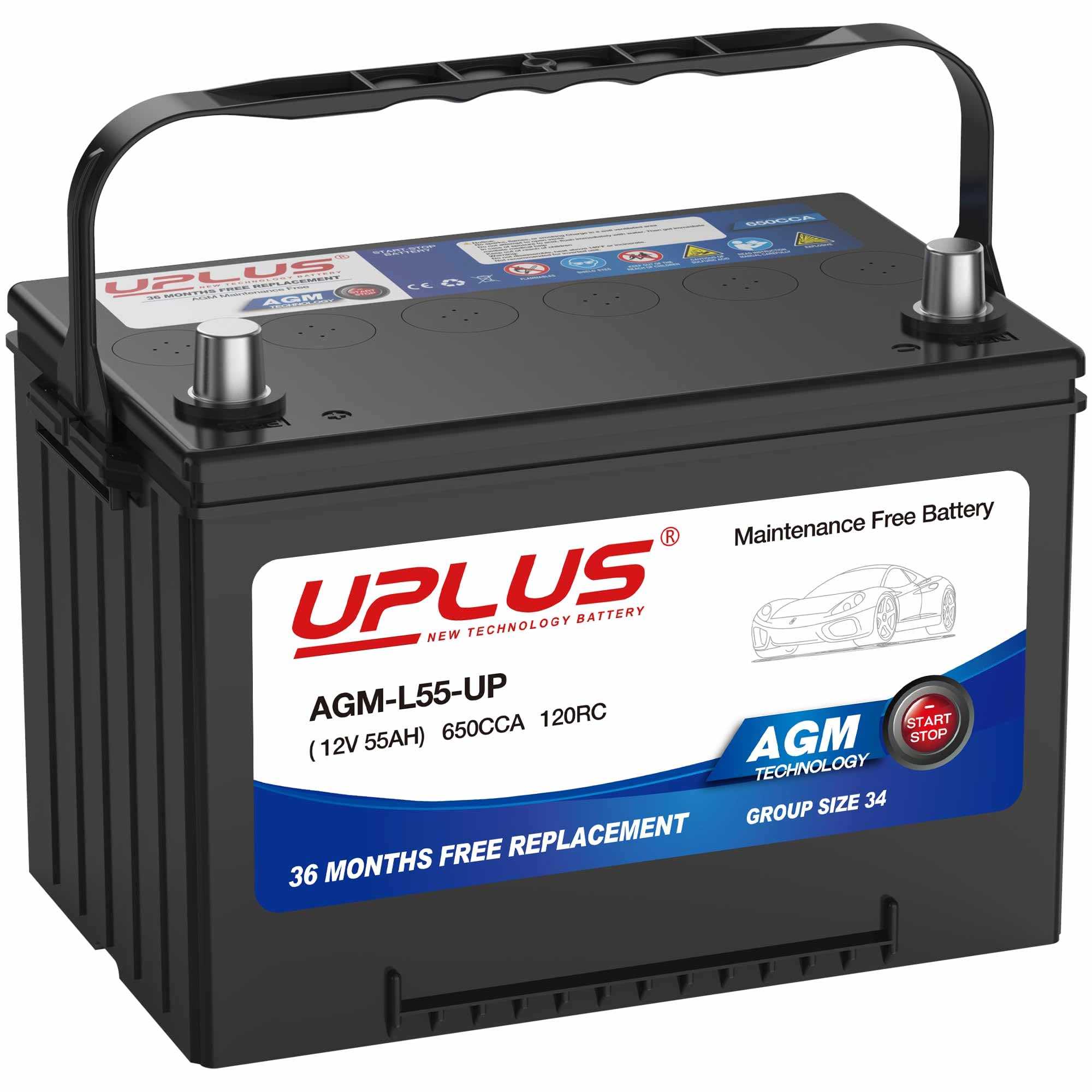
Group 47 (H5, L2, 55L2) Batteries – Dimensions, Features, and Recommendations
Group 47 (H5, L2, 55L2) batteries are medium size batteries, mostly used in automotive and light industrial applications as cranking or dual-purpose batteries for starting mid-range diesel and gas engines and for powering various electric and electronic devices while the main engine(s) are turned off.
Most BCI Group 47 (H5, L2, 55L2) batteries are designed as spill-proof, maintenance-free AGM batteries, but there are also other models on the market as well.
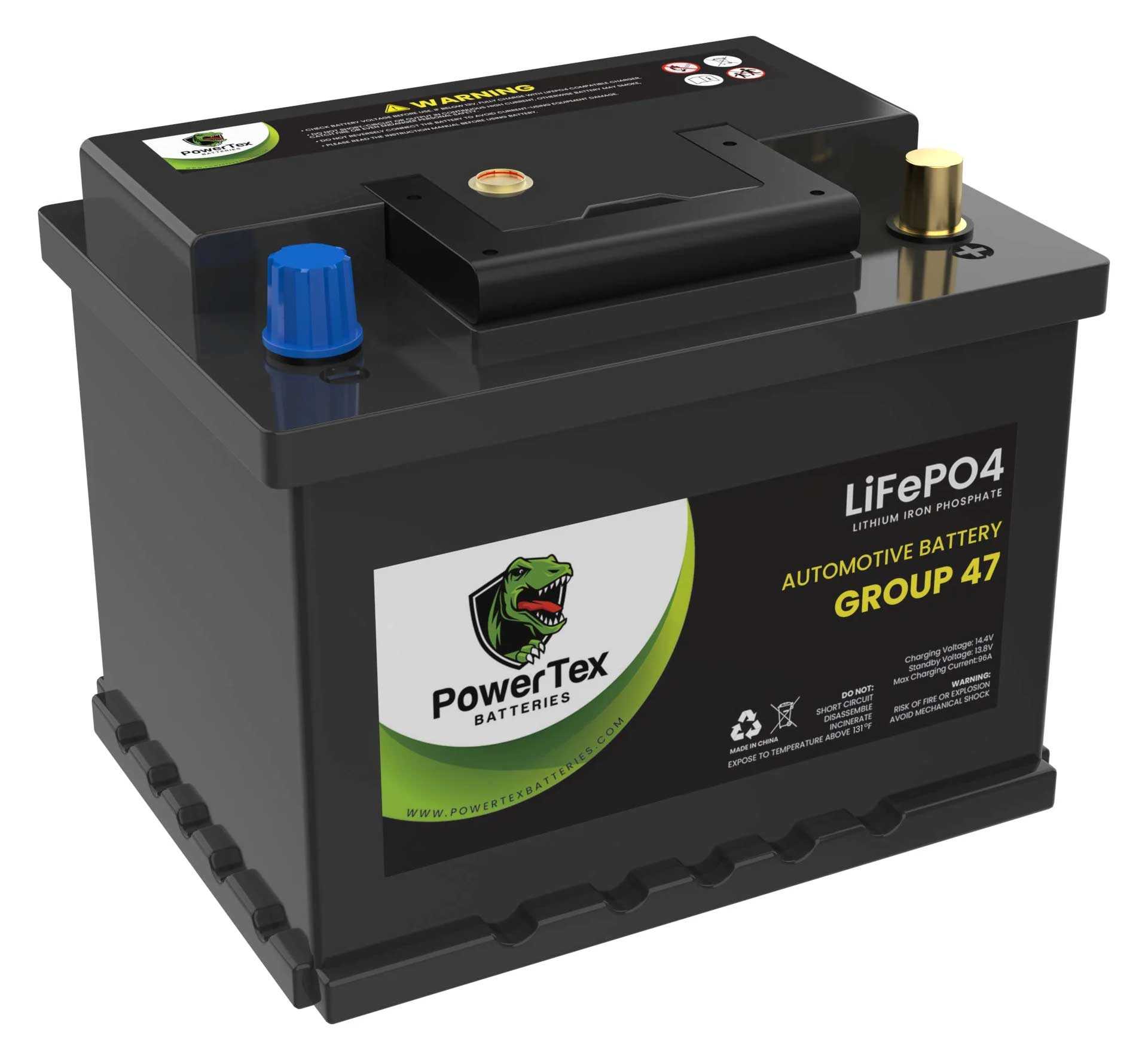
Group 95R (H9/L6) Battery: The Complete Guide
Group 95R (H9/L6) batteries are very popular automotive batteries typically used in cars like SUVs, sedans, pickups, etc.
Thanks to their size, capacity, and ability to crank large internal combustion engines, group 95R (H9/L6) batteries are also used as light industrial starting/dual-purpose batteries and as needed, for example, in emergencies, as backup batteries, in medical and security systems, etc. But, group 95R (H9/L6) batteries are most commonly used as automotive batteries.
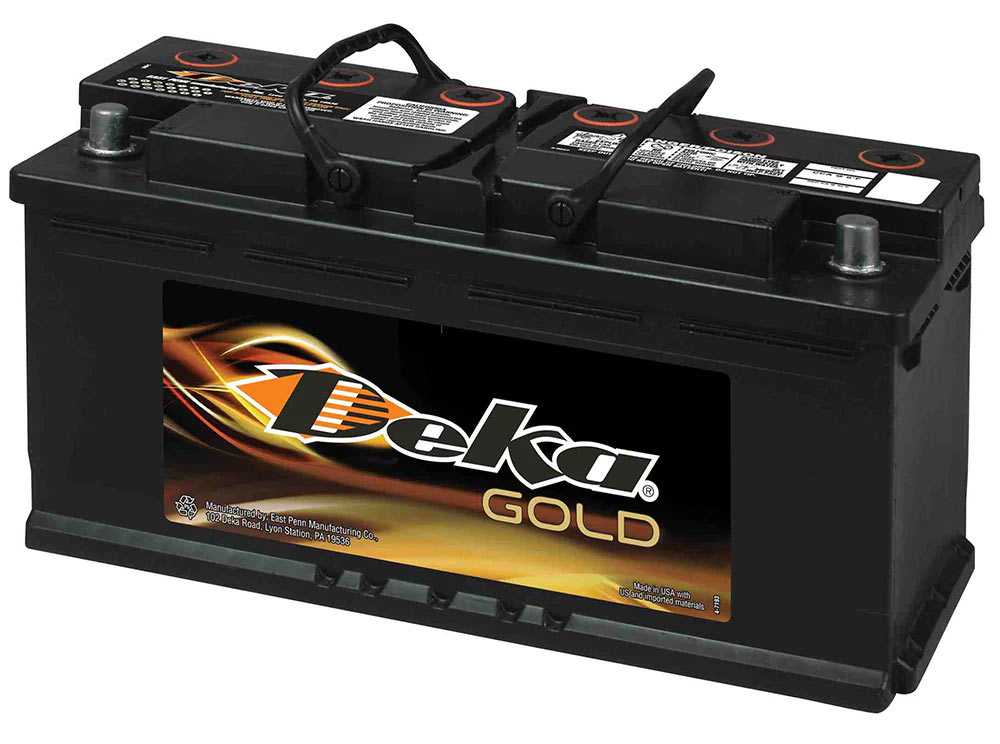
Group 24 Batteries – Dimensions, Features, and Recommendations
BCI Group 24 batteries are mostly general-purpose batteries commonly found in large UPS systems, medical and security systems, wheelchairs, in vehicles, industrial applications, etc. They are rarely used as starting/cranking batteries – more commonly, they are used in deep cycle standby/float applications.
These mid-size batteries feature several subgroups, differing slightly in their dimensions – one must be careful which battery is required since even the slightest size differences may cause the battery not to fit its compartment.
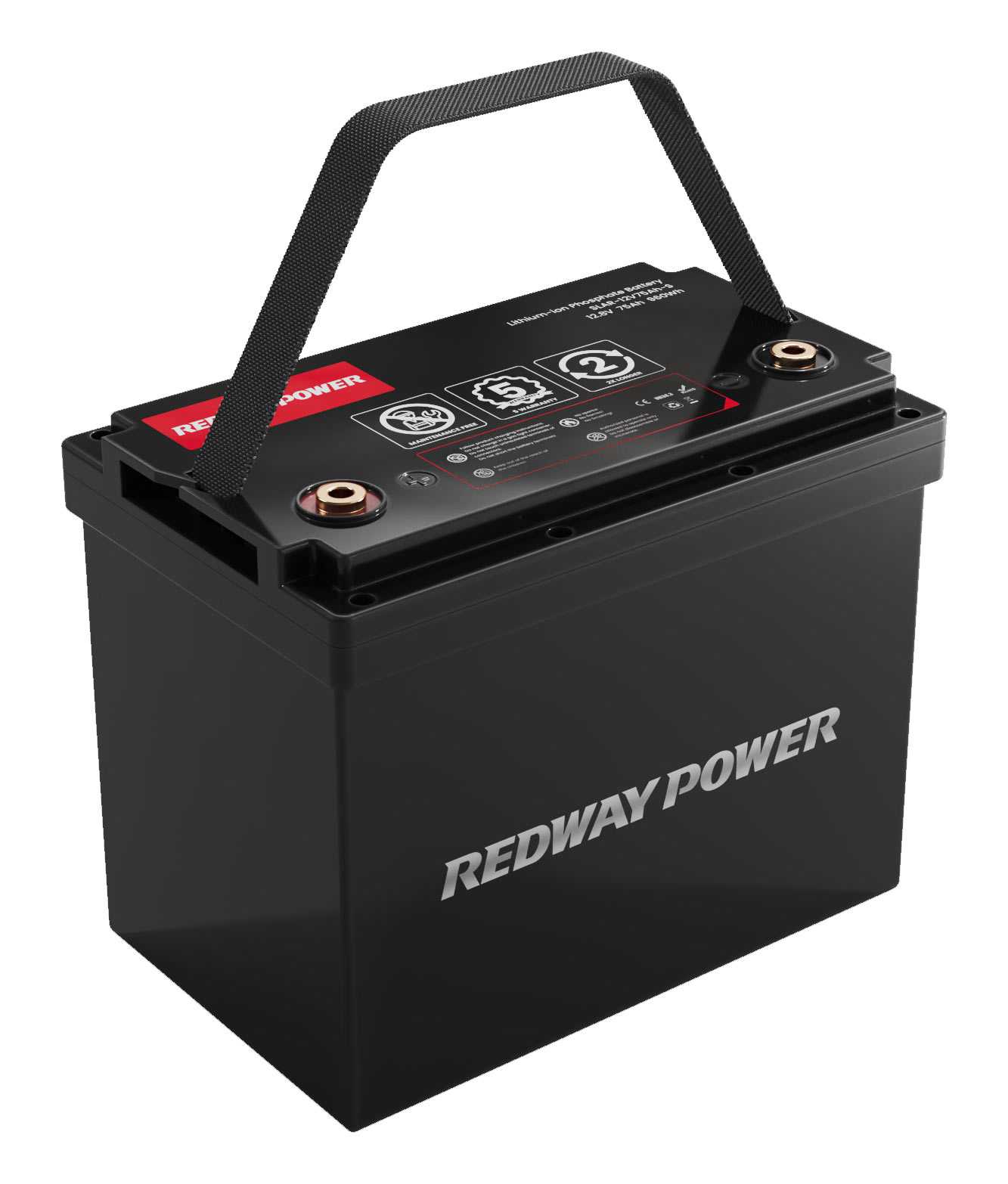
Group 35 Batteries – Dimensions, Features, and Recommendations
BCI Group 35 batteries are very popular battery size of lead-acid batteries, commonly used in cars, trucks, RVs, and other similar applications as starting or dual-purpose batteries.
These batteries, especially dual-purpose and deep cycle batteries, are often used in other applications as well, like UPS batteries, wheelchair batteries, security system backup batteries, medical applications, off-the-grid, etc.
The most popular BCI Group 35 batteries are Absorbent Glass Mat (AGM) Sealed Lead Acid (SLA) batteries, but lithium iron phosphate (LiFePO4) batteries are slowly entering the market, especially for dual-purpose applications.
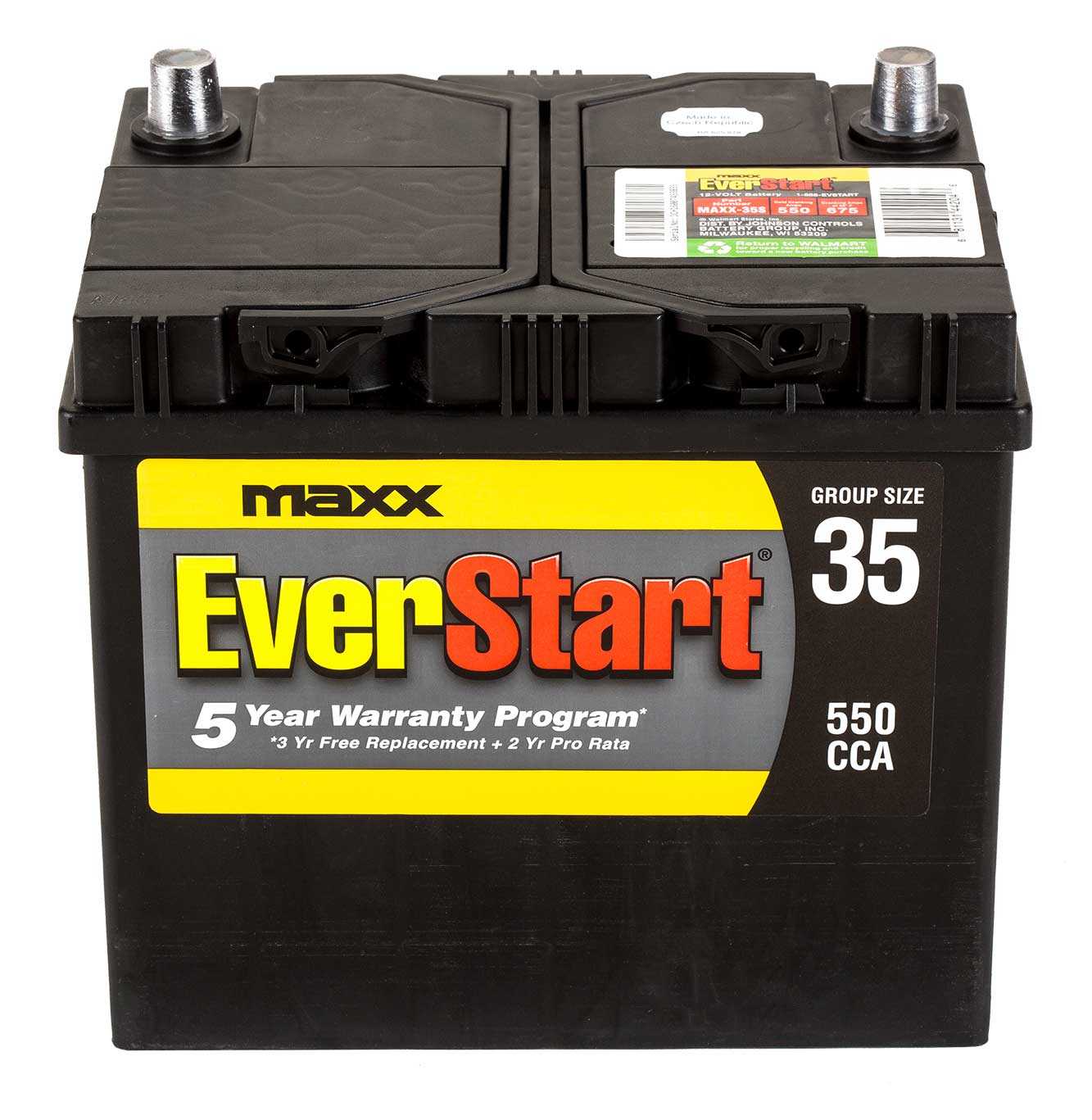
Group 58 and 58R Batteries: Alternatives and Recommendations
Group 58 and 58R batteries are mid-size cranking batteries used in some passenger cars, sedans, SUVs, and even boats as affordable and reliable Starting, Lighting, and Ignition (SLI) battery.
Group 58 and group 58R batteries share the same dimensions but different battery terminal orientations. Also, many brands that offer both group 58 and group 58R batteries offer batteries that are internally different – group 58R batteries often have better discharge characteristics than group 58 batteries.
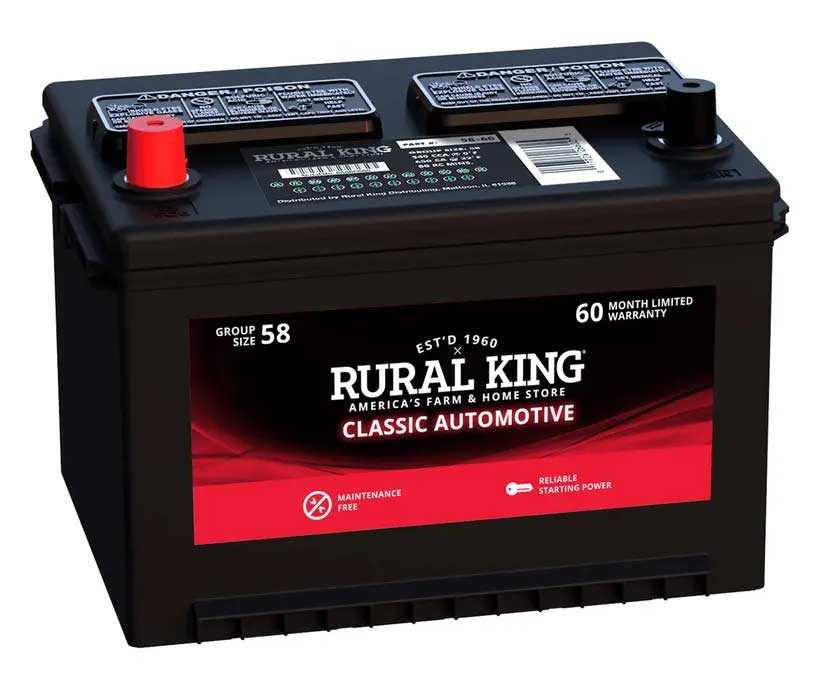
Group 49 (H8, L5, 88L5) Batteries – Dimensions, Features, and Recommendations
BCI Group 49 or Group H8 are very popular car/truck batteries, commonly used not only as starting/cranking batteries but also as dual-purpose batteries, used for powering various loads while the main engine is turned off, like various winches, pumps, multimedia devices, etc.
While BCI Group 49 and Group H8 (or Group L5 or Group 88L5) are considered interchangeable, there are a few important differences one has to know before buying any of these batteries.
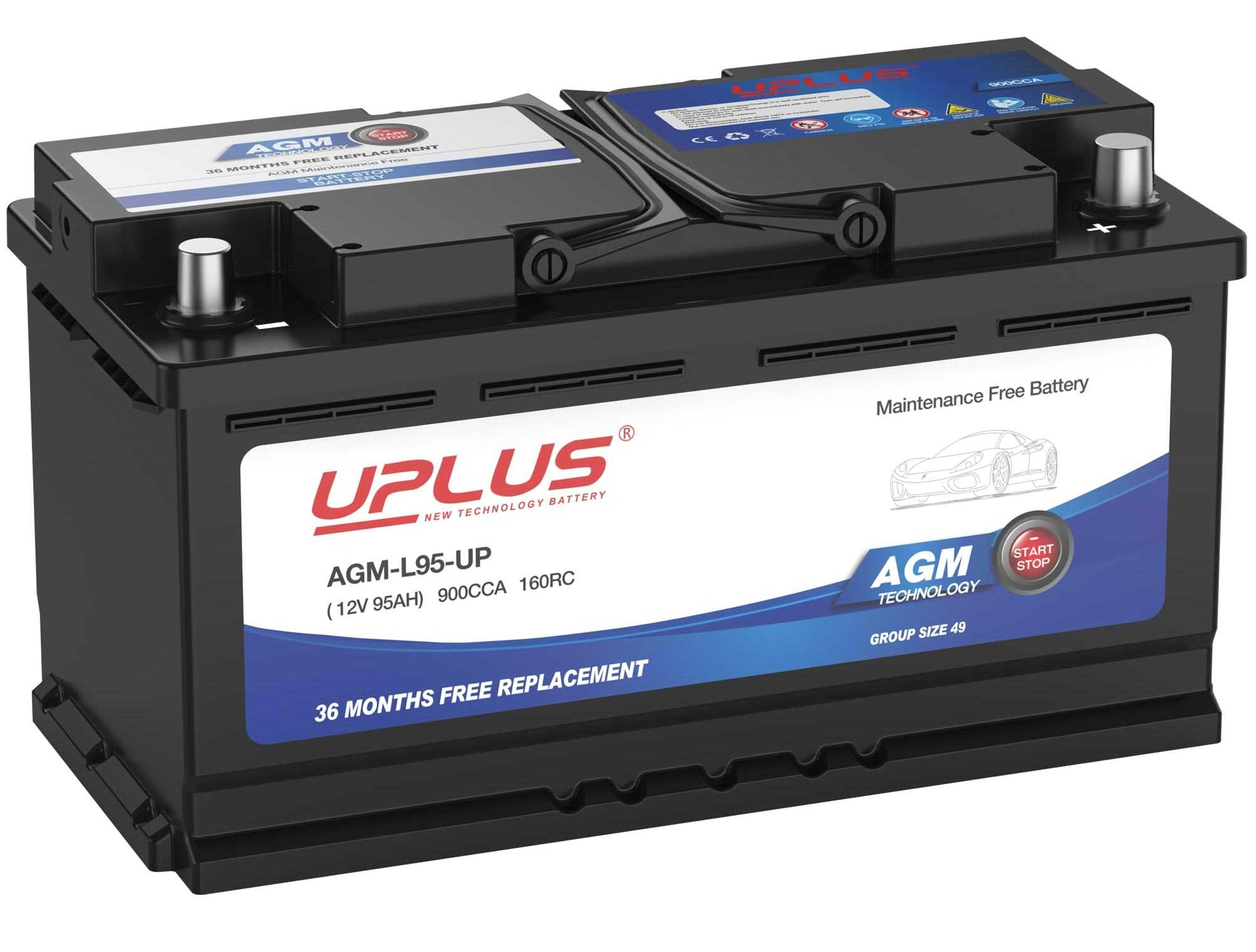
Group 4D, 6D, and 8D Batteries – Dimensions, Features, and Recommendations
BCI Group 4D, 6D, and 8D batteries are large and heavy commercial batteries, often used for off-the-grid applications, as solar batteries, as RV house batteries, for security, medical and standby applications, for powering various industrial vehicles and applications, etc.
BCI Group 4D, 6D, and 8D lead-acid batteries were commonly Absorbent Glass Mat (AGM) or Gel-Cell Sealed Lead Acid (SLA) batteries, but are now being phased out in favor of Lithium Iron Phosphate (LiFePO4) 4D, 6D, and 8D batteries.
But, AGM and Gel-Cell lead-acid batteries are still going on strong in applications where lightweight design and high cycling abilities are not of greatest importance.
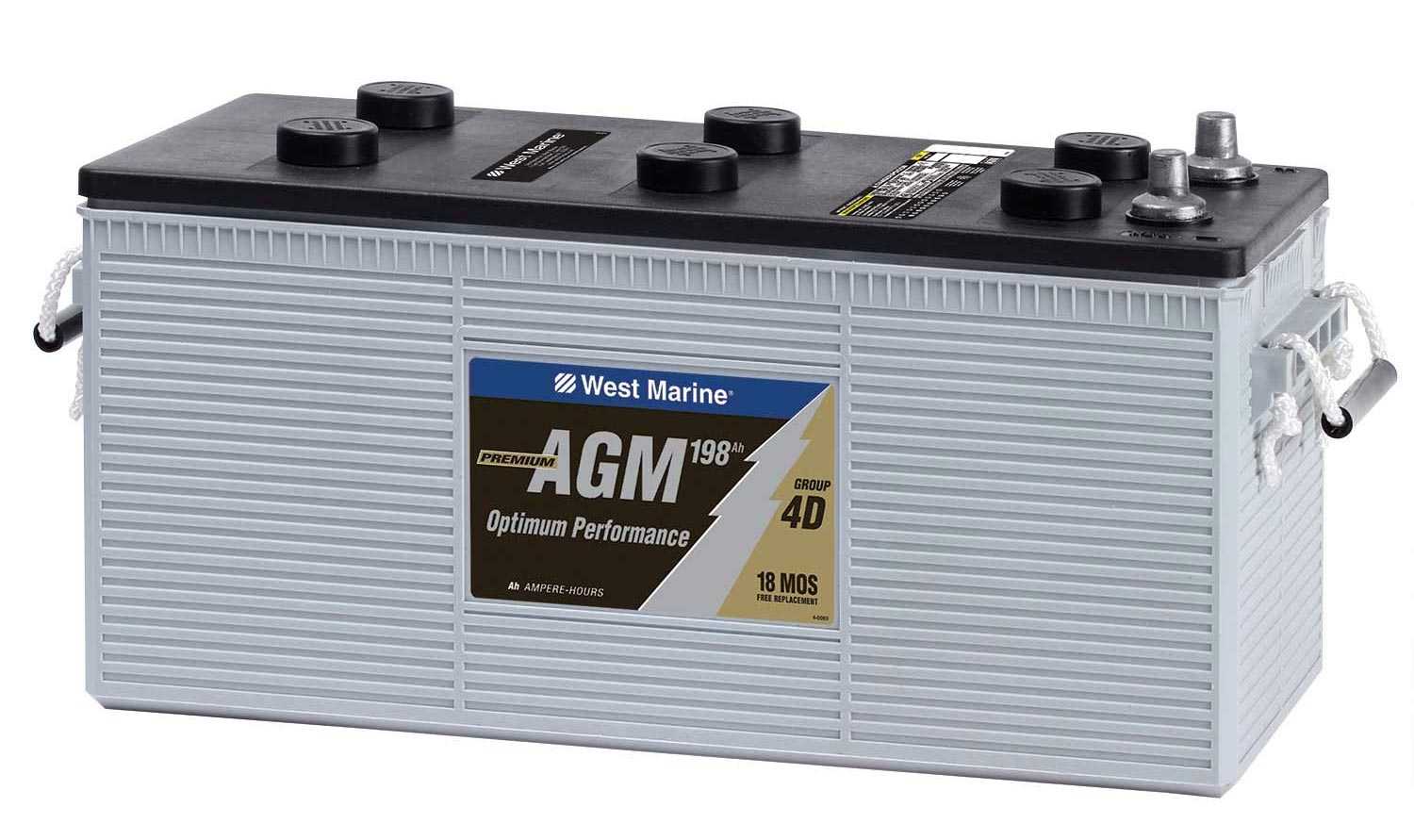
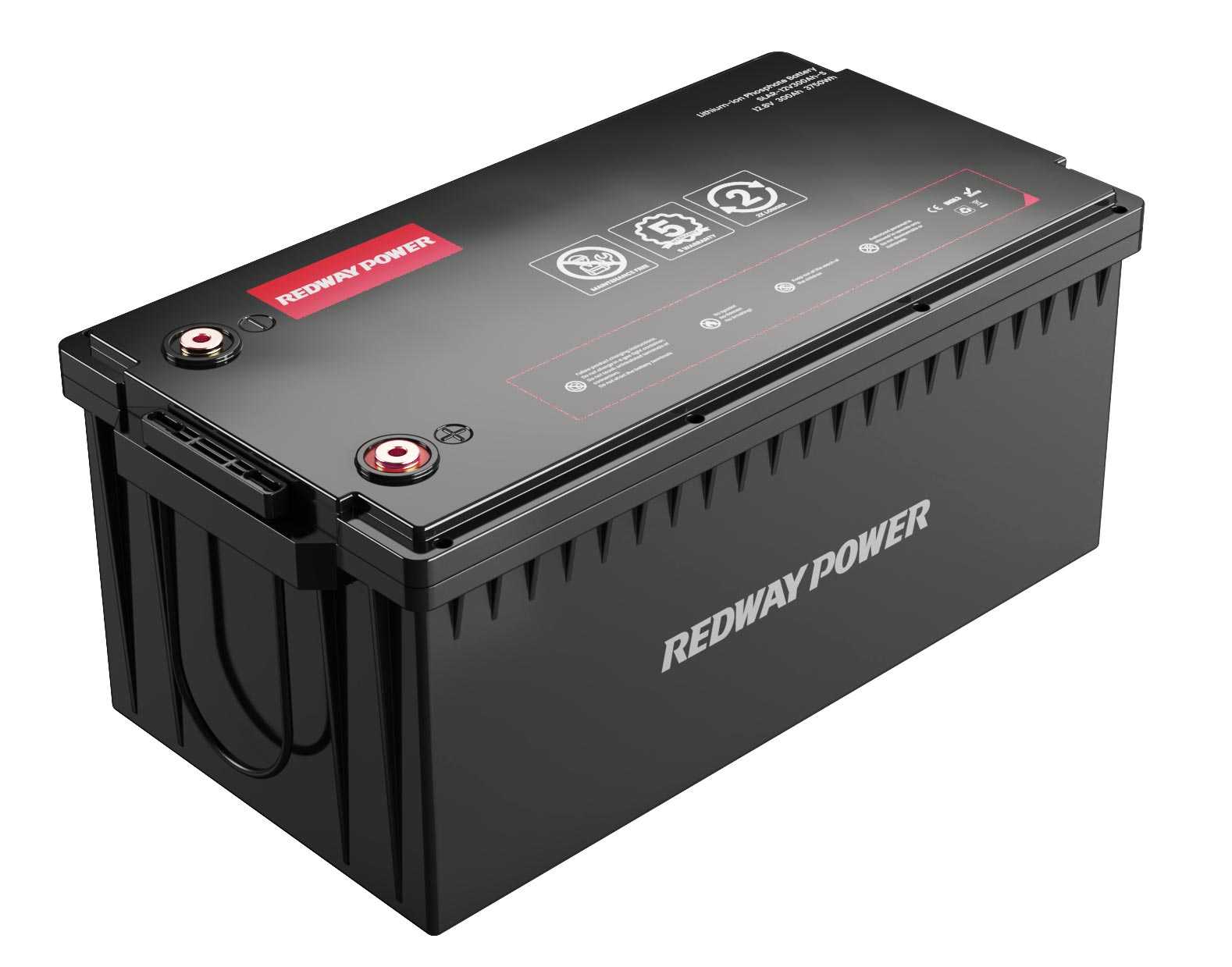
BCI Group 85 and Group 86 Batteries – Dimensions, Features, and Recommendations
BCI Group 85 and Group 86 batteries share the very same physical dimensions, with the only difference being the battery terminals orientation.
BCI Group 85 and 86 batteries are designed mostly as starting/cranking batteries and are, as such, commonly used in automotive and marine applications for starting smaller and mid-range gas and diesel engines.
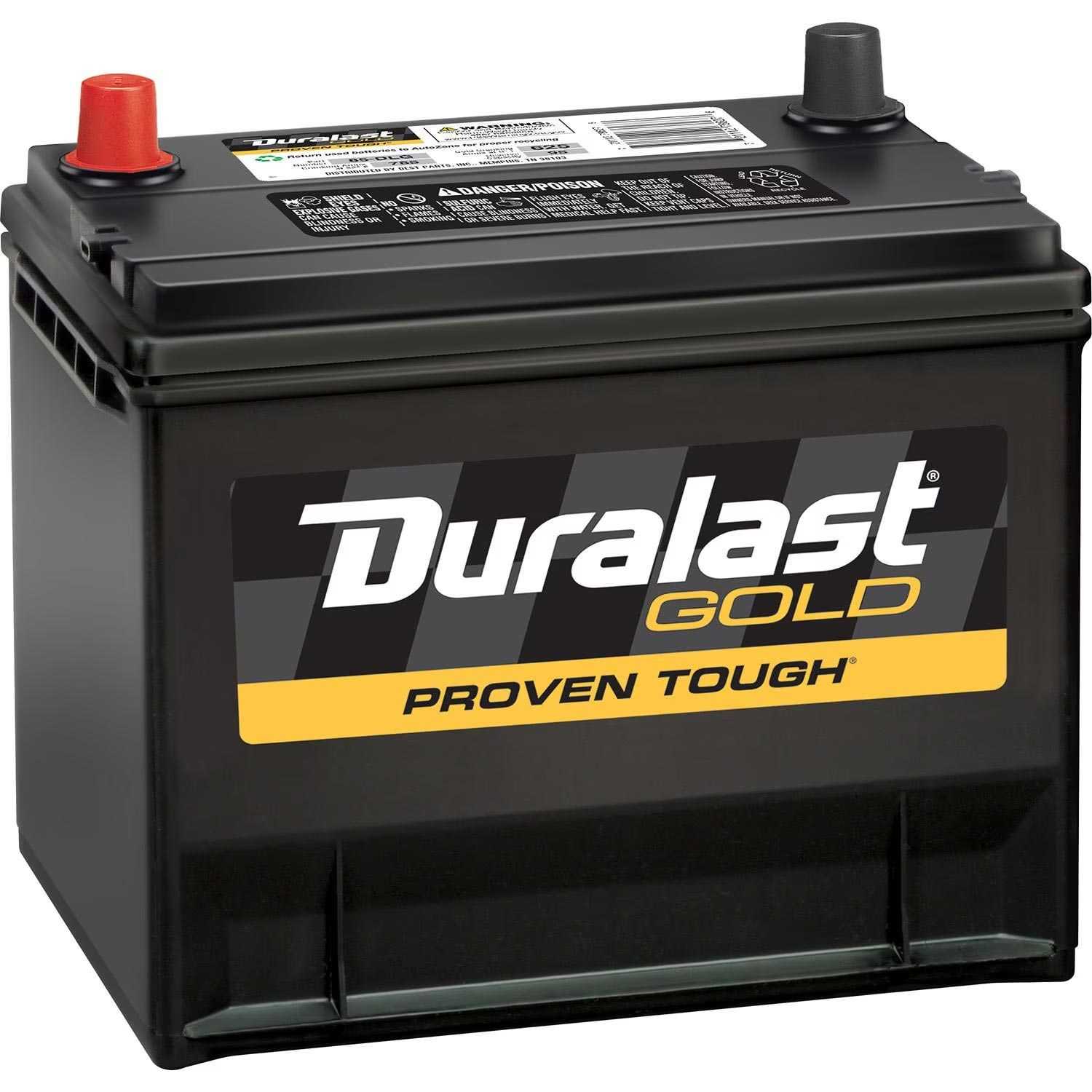
BCI Group 22NF Battery
BCI Group 22NF battery is a general-purpose mid-range battery used as backup/standby battery, wheelchair battery, trolling motor battery, off-the-grid battery, as starting battery for smaller gas and diesel engines, and similar.
As such, 22NF battery is manufactured by many battery brands as wet/flooded, AGM, Gel-Cell lead-acid battery. Also, lithium 22NF batteries are also emerging on the market, offering great weight savings and other benefits.
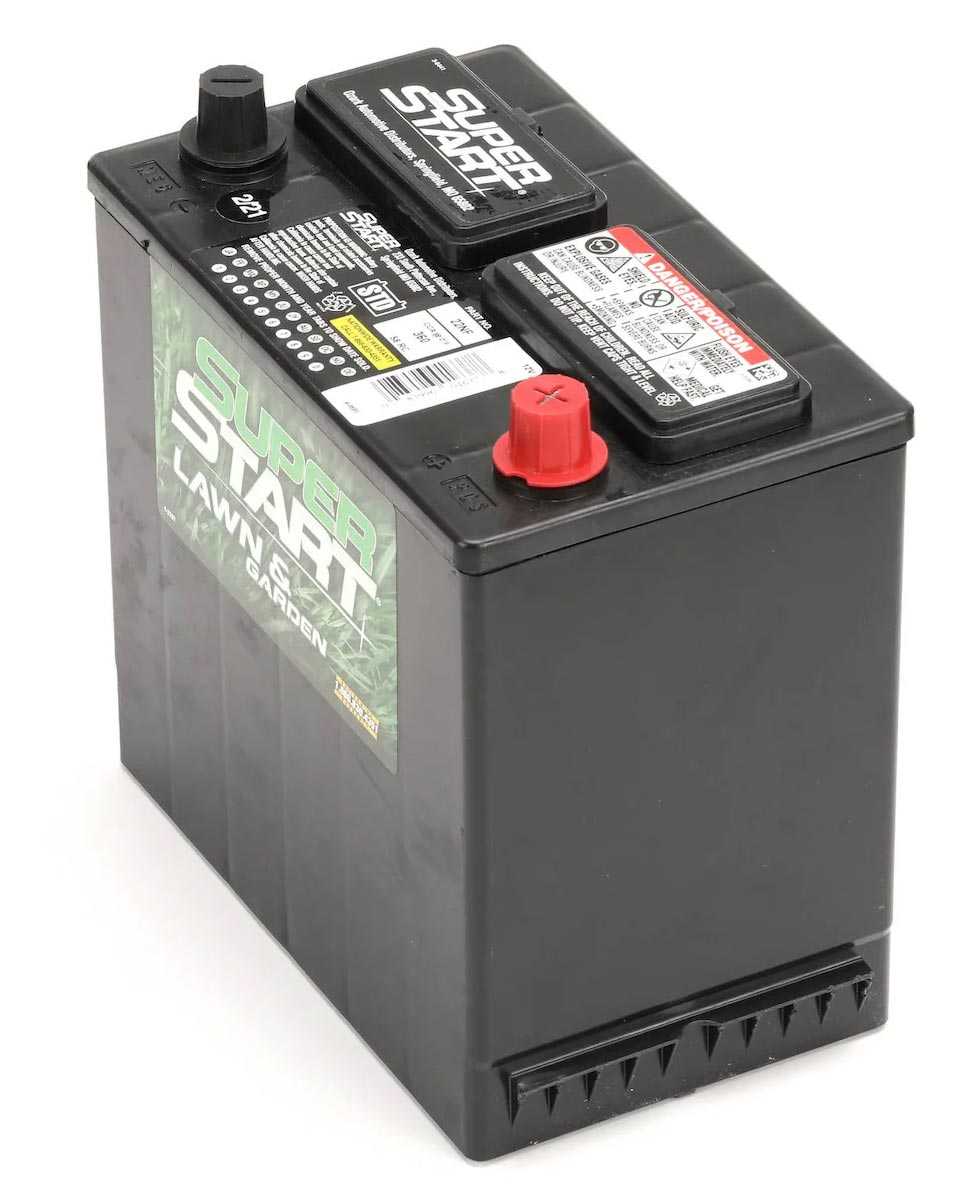
Group 26 And Group 26R – Dimensions and Features
BCI Group 26 and BCI Group 26R batteries are mid-range starting batteries used very often in cars, SUVs, smaller trucks, power generators, smaller boats, etc.
BCI Group 26 and 26R batteries feature practically the same dimensions, electric features, and terminal types, with the only difference being terminal orientation.
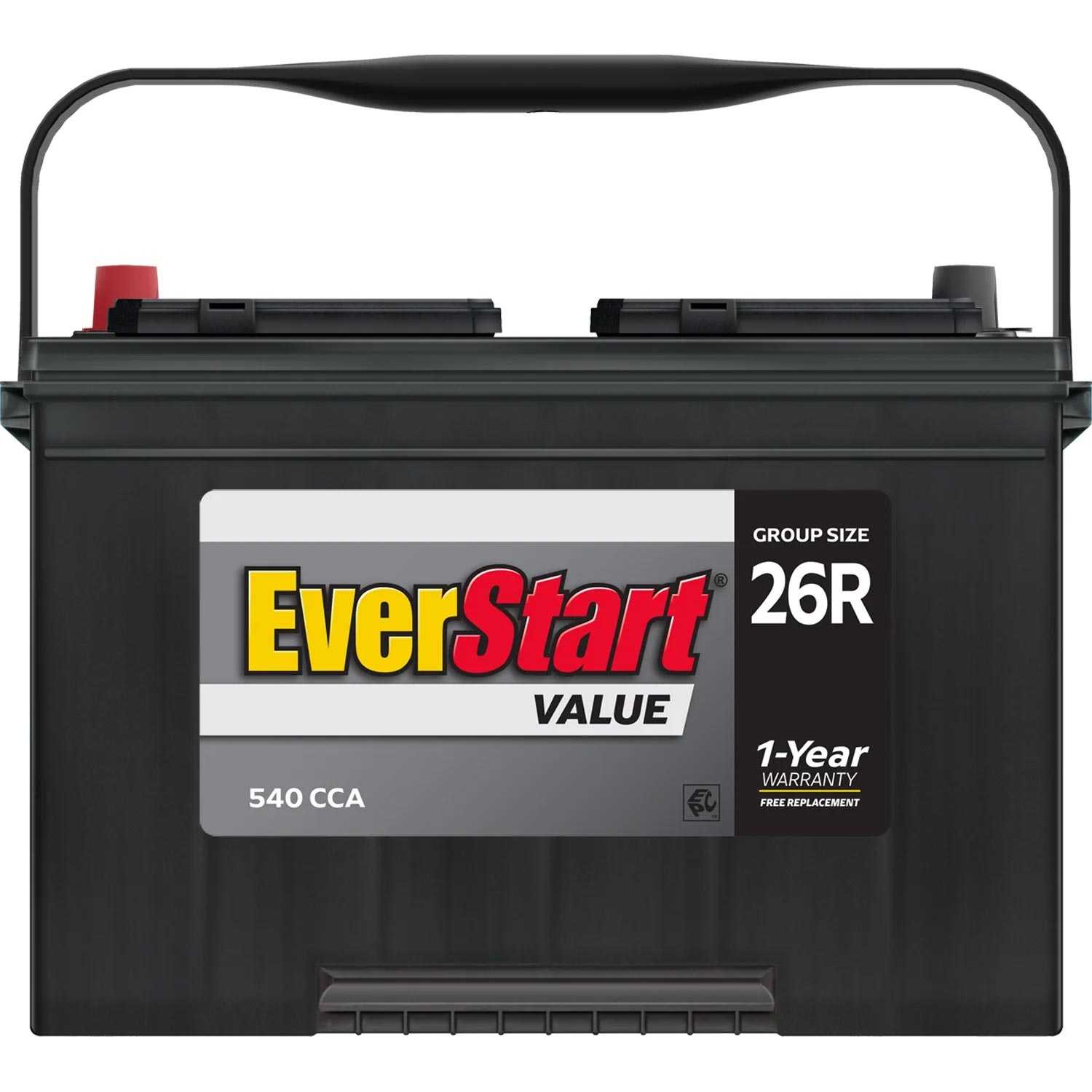
Groups 51 and 51R Batteries – Dimensions, Features and Recommendations
BCI Groups 51 and 51R batteries are very popular automotive starting and dual-purpose batteries, and are often being used as general-purpose/auxiliary batteries in various applications requiring stable and reliable power sources.
Although Groups 51 and 51R batteries have their size defined, their size tends to vary a little bit – some manufacturers optimized their batteries for certain applications, and make them slightly smaller (easier fit) or even larger (better performances). So, before ordering a certain model, check the actual size of the battery and the size of your battery compartment.
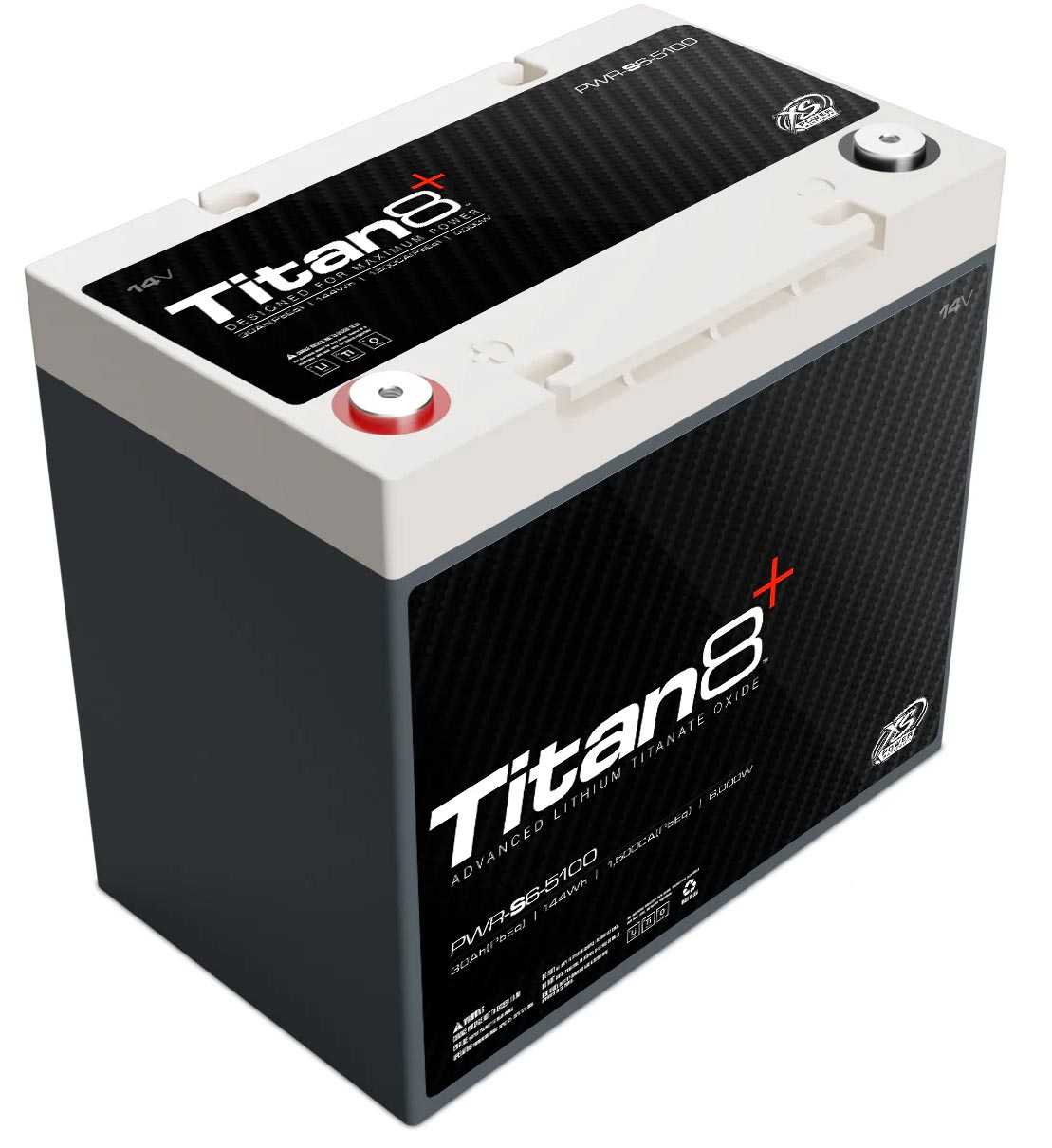
Group GC8 and Group GC8H – 8 Volt Golf Cart Batteries
BCI Group GC8 and Group GC8H batteries are heavy-duty, deep cycle batteries, very similar to GC2 and GC2H batteries.
BCI Group GC8 and Group GC8H batteries are often used as deep cycle batteries in golf carts, but also in marine applications, off-the-grid applications, for powering medical and security systems, and similar.
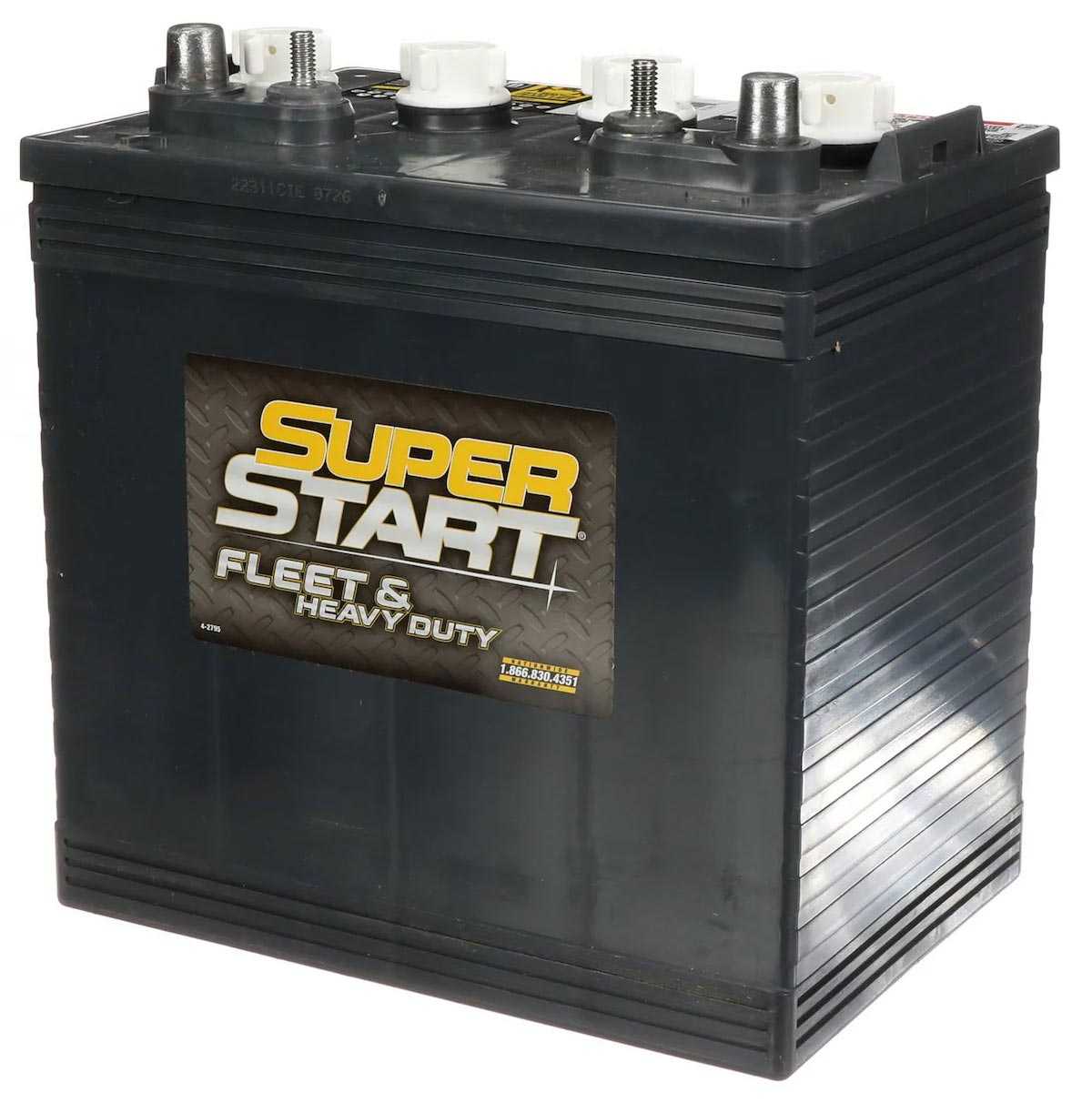
Group GC2 and Group GC2H – 6 Volt Golf Cart Batteries
BCI Group GC2 and Group GC2H batteries are heavy-duty, deep cycle batteries commonly used in golf carts and other automotive applications. Also, they are often used as deep cycle batteries in marine applications, off-the-grid applications, for powering medical and security systems, and similar. Although they are by definition 3-cell 6V batteries, GC2 and GC2H batteries are sometimes offered as 12V batteries (mostly lithium 4-cell batteries) for building 24V, 36V, and 48V battery packs with fewer batteries.
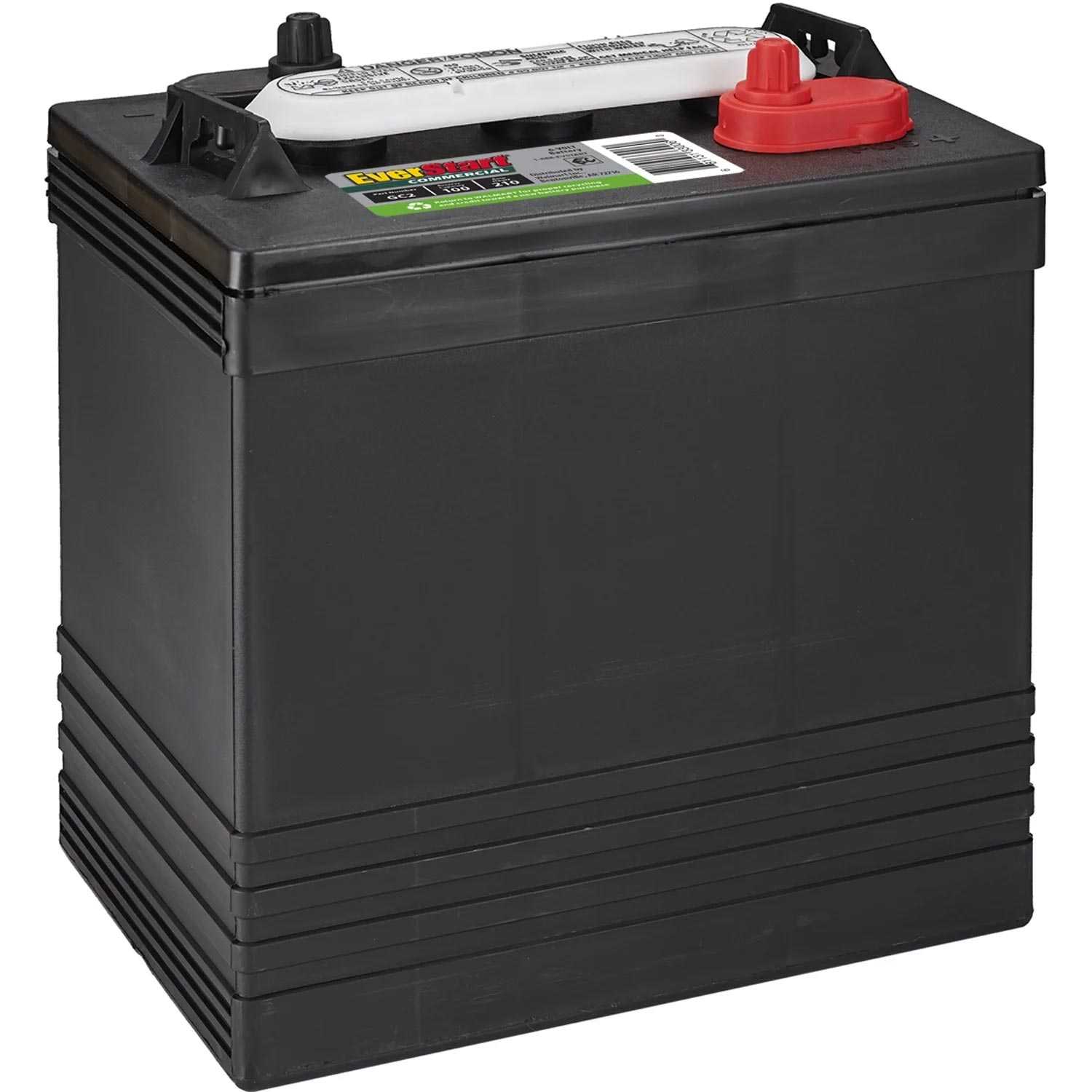
Group GC12 Batteries – 12 Volt Golf Cart Batteries
BCI Group GC12 batteries are deep cycle, heavy-duty batteries, intended for automotive, off-the-grid, and light industrial applications where strong and durable batteries are required as reliable sources of energy.
GC12 batteries are also known as 12V golf cart batteries, but they are also commonly used as trolling motor batteries, RV house batteries, power inverter batteries, in medical and security systems, etc.
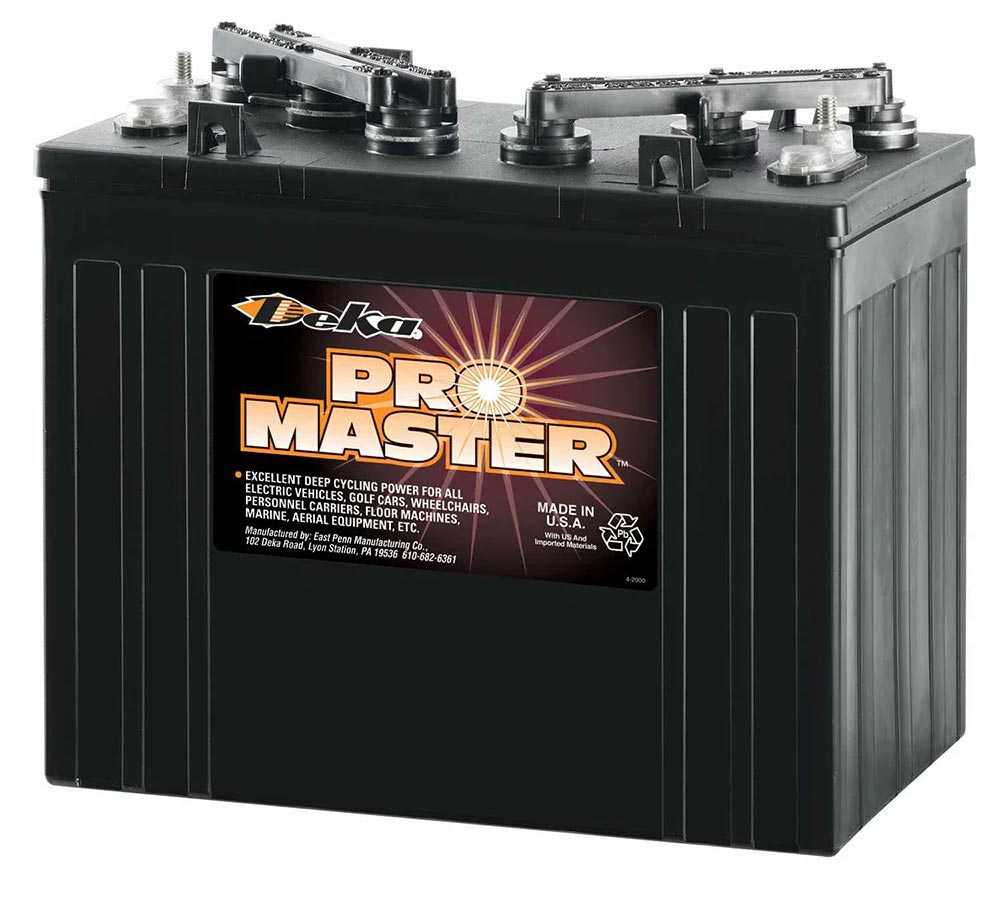
Group 27 Batteries – Dimensions, Features, and Recommendations
Group 27 batteries are rather large and powerful batteries, featuring 20h capacity in 66-110 Ah range, providing 600-1000 CCA, 140-220 minutes RC, etc. Their weight depends on the internal construction and it ranges between 54 and 70 pounds (24.5 – 32 kg).
Group 27 batteries’ physical dimensions depend on the exact battery group because there are three different, although very similar battery groups: Group 27, Group 27F, and Group 27H, although they are often labeled as Group 27 Batteries.
